
High blood pressure is a serious health concern. This condition, medically known as hypertension, is described as the abnormally elevated value of pressure at which the blood is pushed against the arterial walls. People often believe that blood pressure problems affect only the elderly population. However, everyone is at risk of hypertension. This condition is sometimes referred to as “the silent killer”, since it may develop over many years without any obvious symptoms. Symptoms of high blood pressure most commonly become visible only when the condition progresses to the more dangerous levels, affecting the cardio-vascular system. The only way to detect this problem on time is to have regular blood pressure measurements. Home blood pressure monitoring is another great way to check the blood pressure, manage it and prevent hazardous consequences, which is possible only with the early detection.
Types of home blood pressure monitors
Blood pressure monitors are widely available in pharmacies, medical supply stores and even over the internet. A typical blood pressure monitor will consist of an inflatable cuff or strap, a gauge for readouts and possibly a stethoscope. A stethoscope is a part of a simple manual blood pressure monitor, used to listen to the sounds the blood makes as flowing in the crook of the elbow. Digital blood pressure monitors do not have this component, since they use a built-in sensor that records and interprets the sound.
Manual blood pressure monitor uses a stethoscope and the inflatable arm cuff connected by a rubber tube to a gauge. To measure the blood pressure one needs to pump a bulb at the end of the tube to inflate the cuff positioned around the arm. As the cuff deflates, one listens to the sounds of blood and checks the values on the gauge.
Digital monitors automatically inflate at the simple touch of a button, and calculate heart rate and blood pressure values. Some of them can even record the previous measurements and make a simple report that can be useful to doctors.
Benefits of home blood pressure monitoring
Home blood pressure monitors are especially useful for patients with prehypertension as they could help doctors to diagnose high blood pressure earlier and prevent negative consequences of the disease. Self-monitoring also provides key information between visits to the doctor and can help to understand if the prescribed medications are working or not. Self-monitoring can also cut down on the number of visits one has to make to the doctor or clinic, and thus cut one’s health care costs. Last but not least, home monitoring can give more accurate results since many people get higher values at the doctor’s office due to the anxiety associated with being at the medical institution.










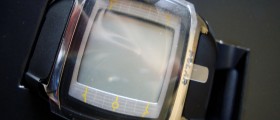


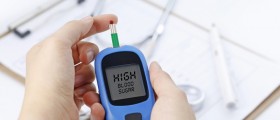
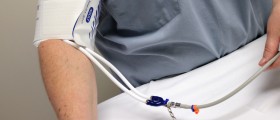
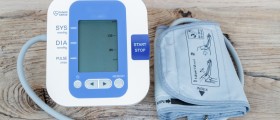
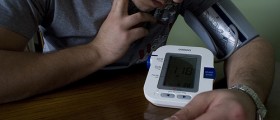
Your thoughts on this
Loading...